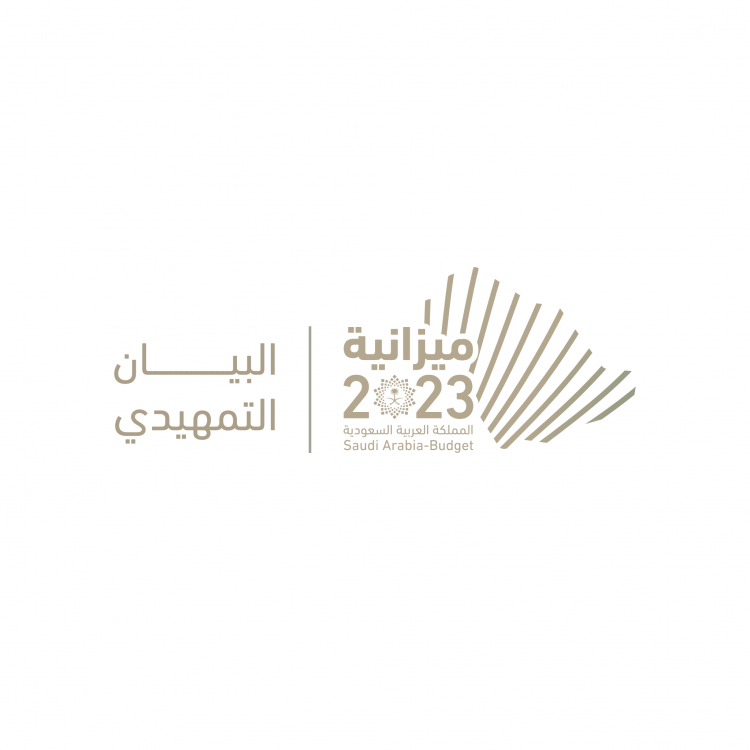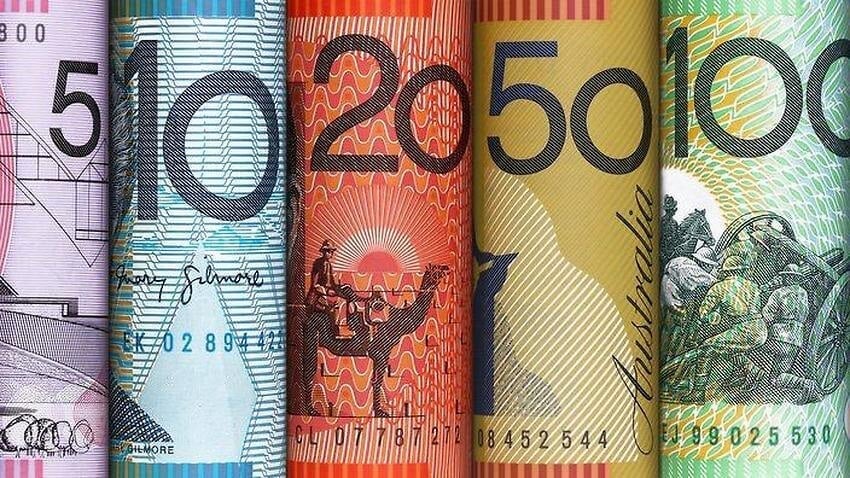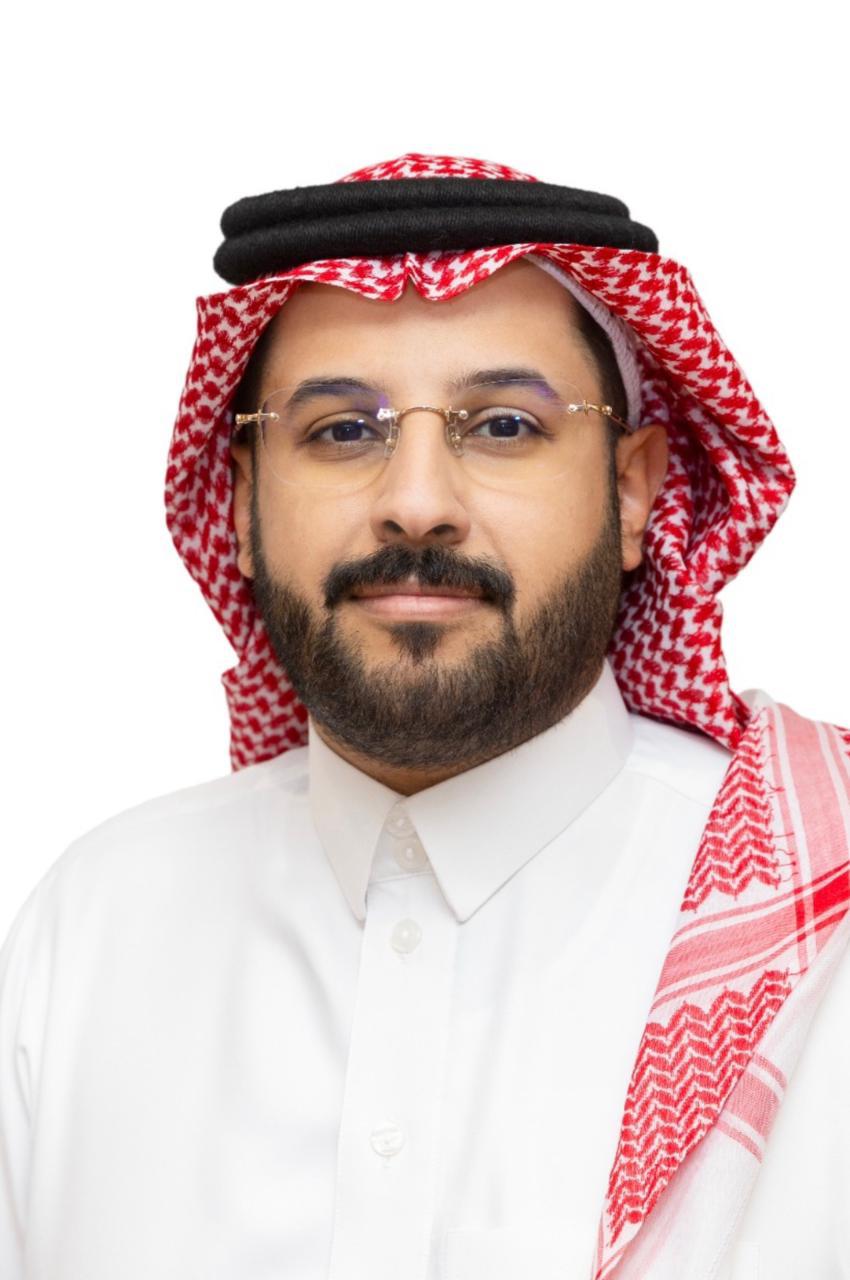Publisher: Maaal International Media Company
License: 465734
Saudi budget: 8 years of deficit to end, Reaping gains, surpluses to begin.. More about the budget performance over 20 years to 2025
It is expected that 2021 will be the last year of recording the Saudi budget deficit, after 8 years of deficit continued from 2014 until 2021.
According to the preliminary statement of the Saudi budget, the budget surplus of the Kingdom of Saudi Arabia will amount to SR 90 billion in 2022, to dip to SR 9 billion surpluses in the year 2023, and then rise to 21 billion in the year 2024, reaching 71 billion in the following year, 2025.
The expectations for budget surpluses come as a result of the realistic and responsible policies and measures taken by the government in dealing with changes that limited the humanitarian, financial and economic repercussions by providing strong support to the health and private sectors while maintaining financial sustainability for the medium and long term, and that these policies reflected positively on the gradual recovery of the local economy which witnessed rapid growth in a number of economic activities
اقرأ المزيد
It is expected that these surpluses will be directed to strengthening government reserves, supporting development funds and the Public Investment Fund, and considering the possibility of accelerating the implementation of some strategic programs and projects with an economic and social dimension, or repaying part of the public debt according to market conditions.
In the medium term, the government seeks to support the continuation of recovery in economic activity, while preserving the initiatives that have been started to be implemented during the past years, and the commitment to achieving the objectives of the Kingdom’s Vision 2030 by reducing dependence on oil revenues, diversifying the economy, developing non-oil revenues and ensuring their sustainability. In line with the progress made during the last period in implementing vision realization programs and major projects, as well as investment projects in various sectors, including infrastructure projects.
The Kingdom’s economy is witnessing a continuous growth in the role of economic enablers in support of the private sector, and on top of these potentials comes the effective development contribution of projects and programs carried out by the Public Investment Fund and the National Development Fund, in addition to progress in implementing the National Industrial Development and Logistics Program, the National Investment Strategy, the Partner Program, the Financial Sector Development Program, and privatization, and the success of these possibilities is positively reflected on the performance of public finances by stimulating and diversifying economic growth, and thus improving non-oil revenues, and the success of these possibilities limits pressure on Government spending, especially with the private sector driving investment and employment.
The gains and the fundamental transformation during the previous period in the method of public financial management required moving from the stage of financial balance to a stage that seeks to maintain financial sustainability through effective planning tools that evoke spending requirements over a longer period of time. It helps to protect this planning and the ability to spend planned in the medium term. Reducing the linkage to external factors, including oil market fluctuations, so as not to cause confusion in this planning, and that the sustainability program is expected to achieve many benefits in economic terms, as it will contribute to Continuing to achieve stable growth rates for the non-oil economy, mitigating the impact of energy price fluctuations on the national economy, in addition to enhancing the ability of the private sector to clearly plan investments.
On the public finance side, it will contribute to enhancing the effectiveness of financial planning, raising the efficiency of government spending, and exploiting budget surpluses to enhance financial reserves or direct them for investment spending that ensures diversification of the economy and achieves sustainable economic growth goals in the medium and long term.
A monitoring conducted by Maaal newspaper revealed that the state’s general budget achieved a deficit in 10 years during the previous 20 years, as it started in 2002 with a deficit of 21 billion riyals, and continued since 2003 in achieving a budget surplus until 2009, which witnessed a deficit recorded. 87 billion riyals, while the years from 2010 to 2013 recorded a surplus, before returning to achieving a deficit over the previous 8 years in a row. On the other hand, the general budget achieved a surplus 10 times during the past 20 years, and the surplus reached its peak during the year 2008, when a surplus of 581 billion riyals was achieved.
The highest (actual) revenues witnessed by the general budget of Saudi Arabia were in 2012, which amounted to 1247 billion riyals, and a surplus was recorded in the budget for that year of 374 billion riyals, while the lowest achieved revenues were from the share of 2002, which did not exceed the Only 213 billion riyals.
On Kingdom’s government’s work towards strengthening public finances and achieving development and economic goals, the estimates of expenditure ceilings over the medium term are constantly reviewed and updated according to the financial results and results. Whereas, the ministry indicated that in view of the increase in non-oil revenues that the Kingdom’s economy is witnessing and its positive impact on the financial space, expenditure ceilings were reviewed over the medium term to reflect the rise in structural revenues without affecting the achievement of financial sustainability goals and in order to accelerate the implementation of strategic areas and sectors.
A table showing the expectations of the Saudi budget for the years from 2022 to 2025 (billion riyals)
| Statement | 2022 | 2023 | 2024 | 2025 |
| Revenues (Billion Riyals) | 1222 | 1123 | 1146 | 1205 |
| Expenditures (Billion Riyals) | 1132 | 1114 | 1125 | 1134 |
| Surplus | 90 | 9 | 21 | 71 |
| GDP (%) | 8 | 3.1 | 6 | 4.5 |
A table showing the performance of the Saudi budget from 2002 to 2021 (billion riyals)
| Year | Revenues (Billion Year) | Expenditure (Billion Riyals) | Deficit (Billion Riyals) |
| 2002 | 213 | 234 | -21 |
| 2003 | 293 | 257 | 36 |
| 2004 | 392 | 285 | 107 |
| 2005 | 564 | 346 | 218 |
| 2006 | 674 | 393 | 281 |
| 2007 | 643 | 466 | 177 |
| 2008 | 1101 | 520 | 581 |
| 2009 | 510 | 596 | -86 |
| 2010 | 742 | 654 | 88 |
| 2011 | 1118 | 827 | 291 |
| 2012 | 1247 | 873 | 374 |
| 2013 | 1131 | 925 | 206 |
| 2014 | 1046 | 1100 | -54 |
| 2015 | 608 | 975 | -367 |
| 2016 | 528 | 825 | -297 |
| 2017 | 696 | 926 | -230 |
| 2018 | 905.6 | 1079.5 | -173.9 |
| 2019 | 926.8 | 1059.4 | -132.6 |
| 2020 | 770 | 1068 | -298 |
| 2021 | 930 | 1015 | -85 |









